Redis vs Memcached in 2024
Scalegrid
MARCH 28, 2024
Key Takeaways Redis offers complex data structures and additional features for versatile data handling, while Memcached excels in simplicity with a fast, multi-threaded architecture for basic caching needs. Introduction Caching serves a dual purpose in web development – speeding up client requests and reducing server load.



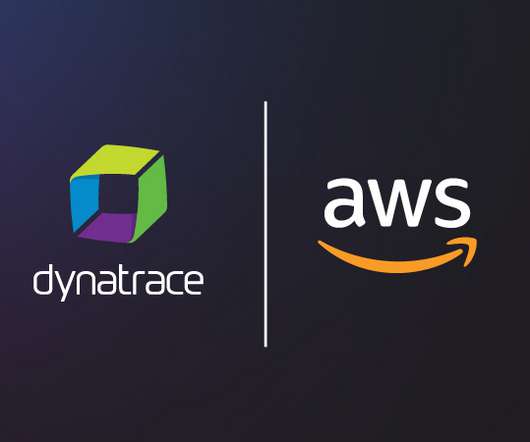






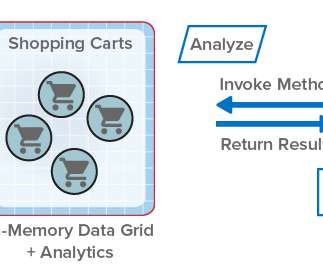
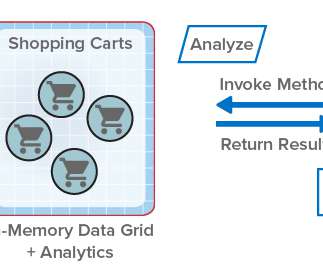


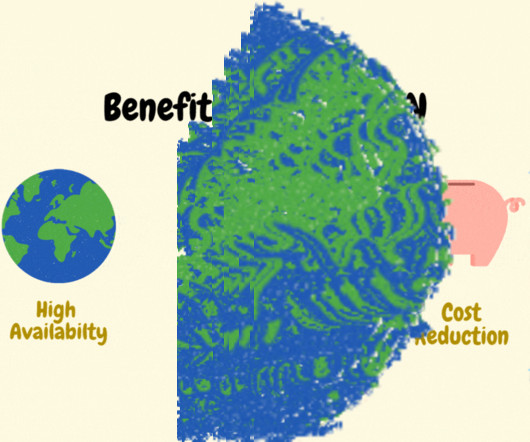















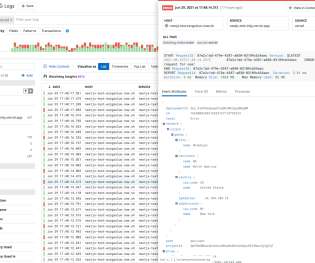









Let's personalize your content